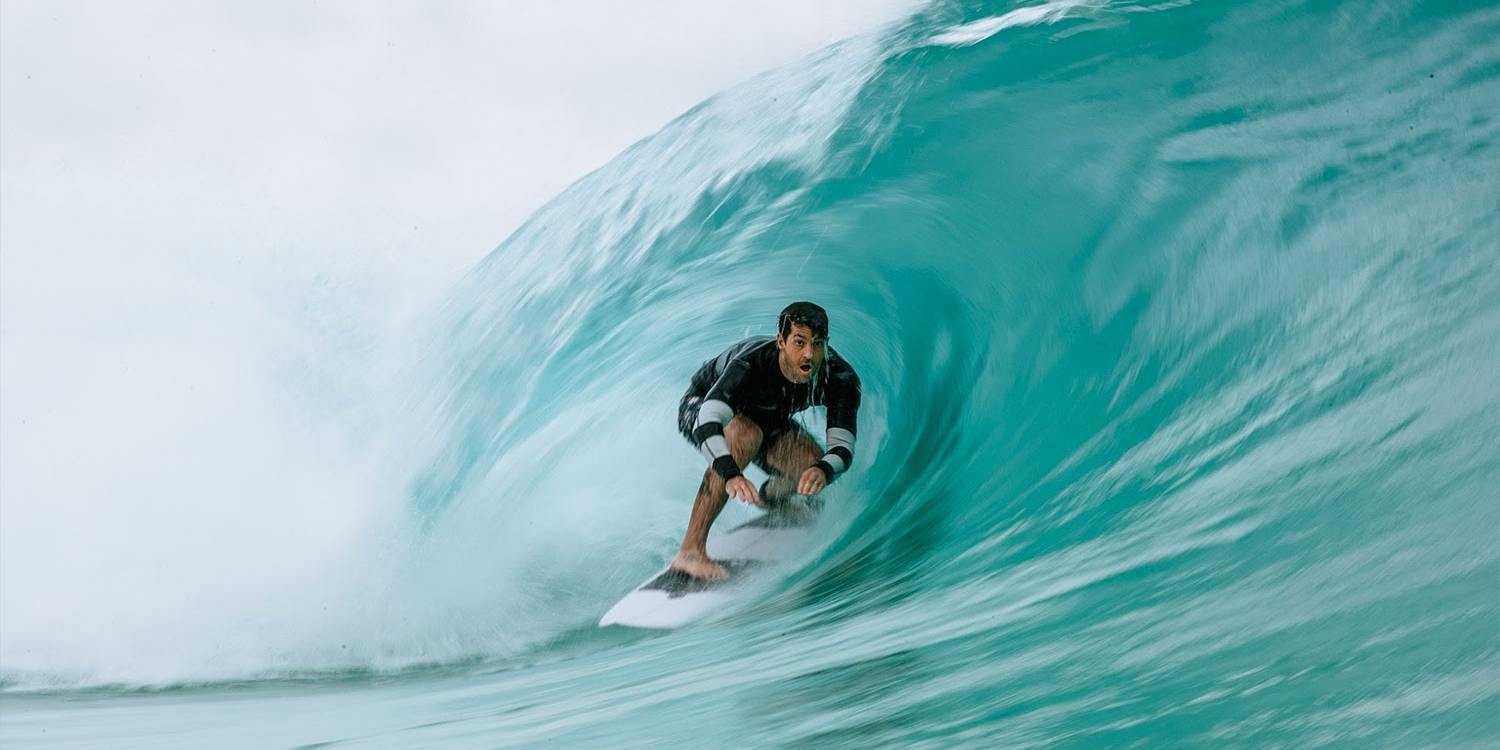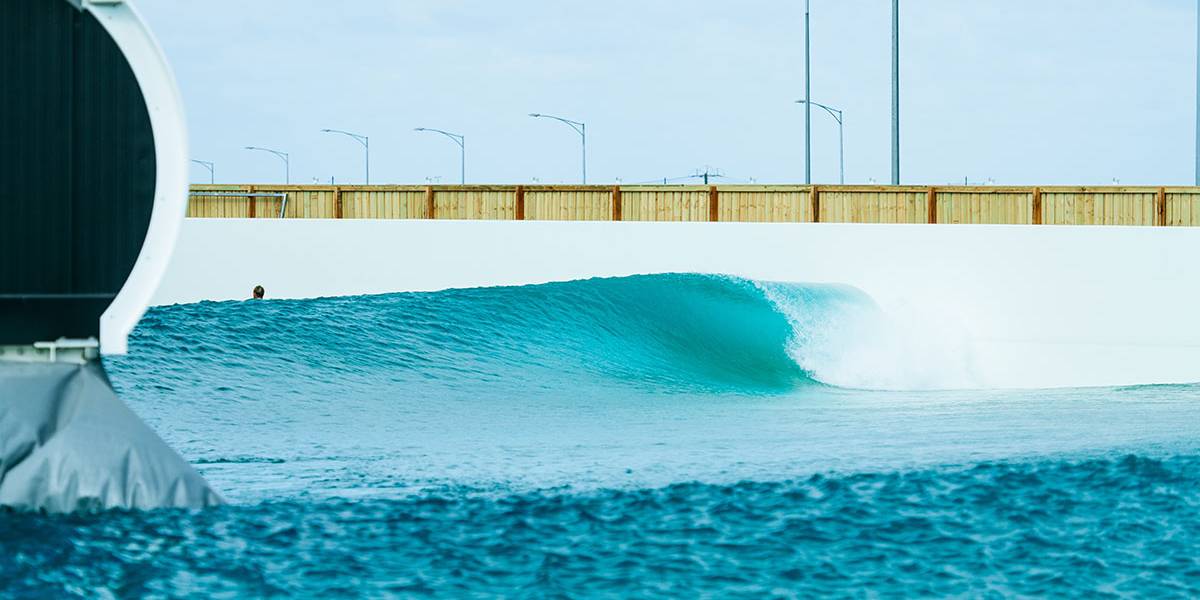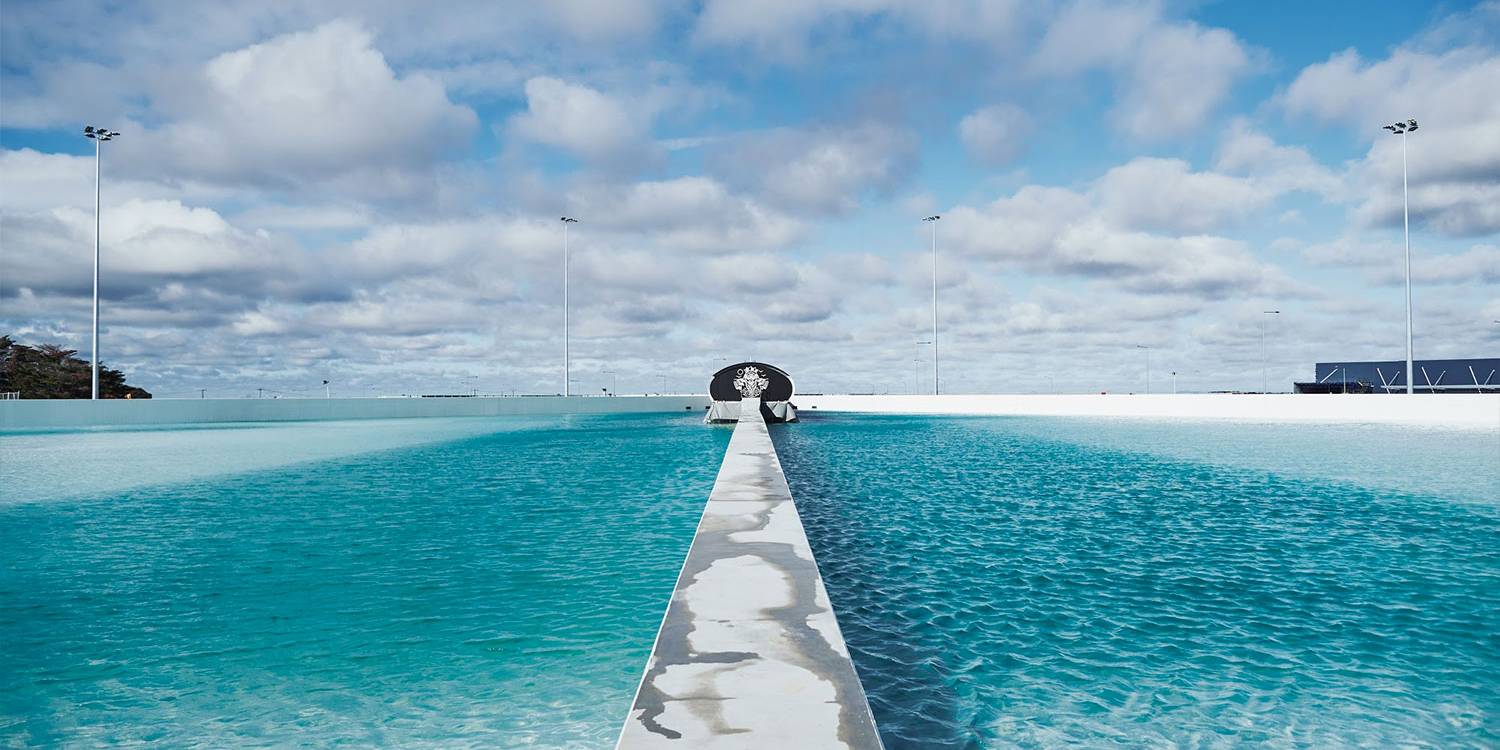
The Business of Wave Pools
The buzz around wave pools is louder than a swarm of mutant bumblebees right now. There’s Kelly Slater’s Surf Ranch, The Texan Flip Machine in Waco, Snowdonia in Wales, Wavegarden Spain, Occy’s Surf Lakes in development and more. Considering these wave parks could have huge impacts on what surfing looks like in the future, we’re running a series of articles to break down both the performance and business potential of the technology.
This first article is all about the business side of wave pools. How much does a wave pool cost, what developers need to think about when building one, and potential revenue streams (other than surfers paying to ride waves), plus more. If this is going to be a sustainable part of surfing, people are going to need to be able to turn a profit from it after all. Nobody’s delivering waves on tap for free. You have to go to the ocean for that.
So, the first big first question is…
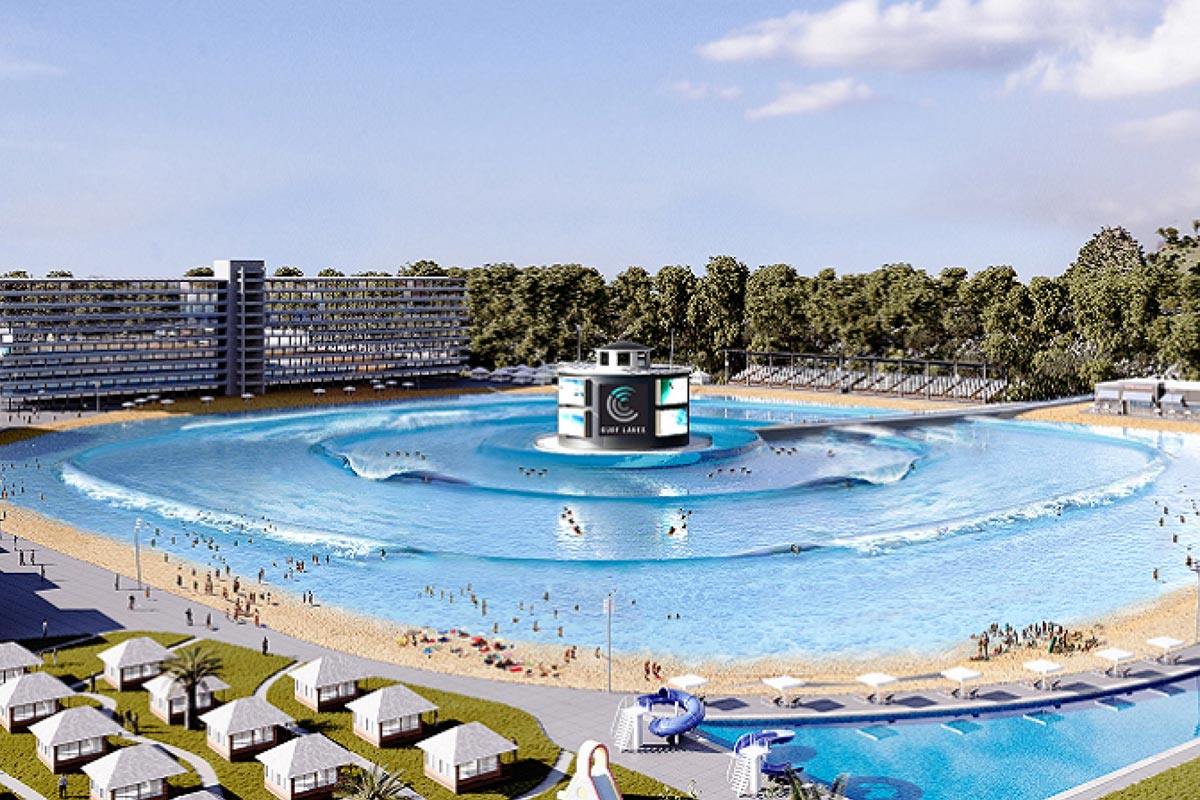
An early render of how Surf Lakes Wave Pools might appear once they out of their testing phase.
What does it cost to build a Wave Pool?
The answer here, of course, is it depends. CNN ran a mini-docco on Kelly’s Surf Ranch and listed the cost to build it at around the $30 Million USD mark. The latest Cove technology from Wavepark (like Waco and the upcoming Urbn Surf parks in Australia) comes in at an estimated €20 Million (or around $22 Million USD). This includes all development costs together with the delivery of the lagoon, wave generating system, water treatment system, main building, surf school, restaurant, surf shop, outdoor areas and service buildings, online booking system, contingency and facility launch.
It’s worth noting there’s one big ticket item is missing from these costs above. Land.
How much land do you need to build a Wave Pool?
In short, you’ll need anywhere between 2 hectares (5 acres) to 6 hectares (15 acres) of land to be able to build a commercial wave pool. The difference depends on what technology you use and also what add on facilities you’ll want to build around that. Wavegarden has the smallest land footprint needed right now at around 5 acres minimum, with Surf Lakes the largest at 8 acres minimum. Kelly’s is somewhere in the middle, although the pool is quite long, so you either want a strangely shaped lot of land, or enable building facilities around that footprint.
If you are a developer looking for land, size matters, but it isn’t the only thing you need to consider. You also need land that’s close enough to a major population that you’ll have lots of people visiting, yet far enough away that you’re not paying wild prices.
There’s also other things to think about like, how flat is the land, is there any ground water to think about when digging the pool, etc etc etc.
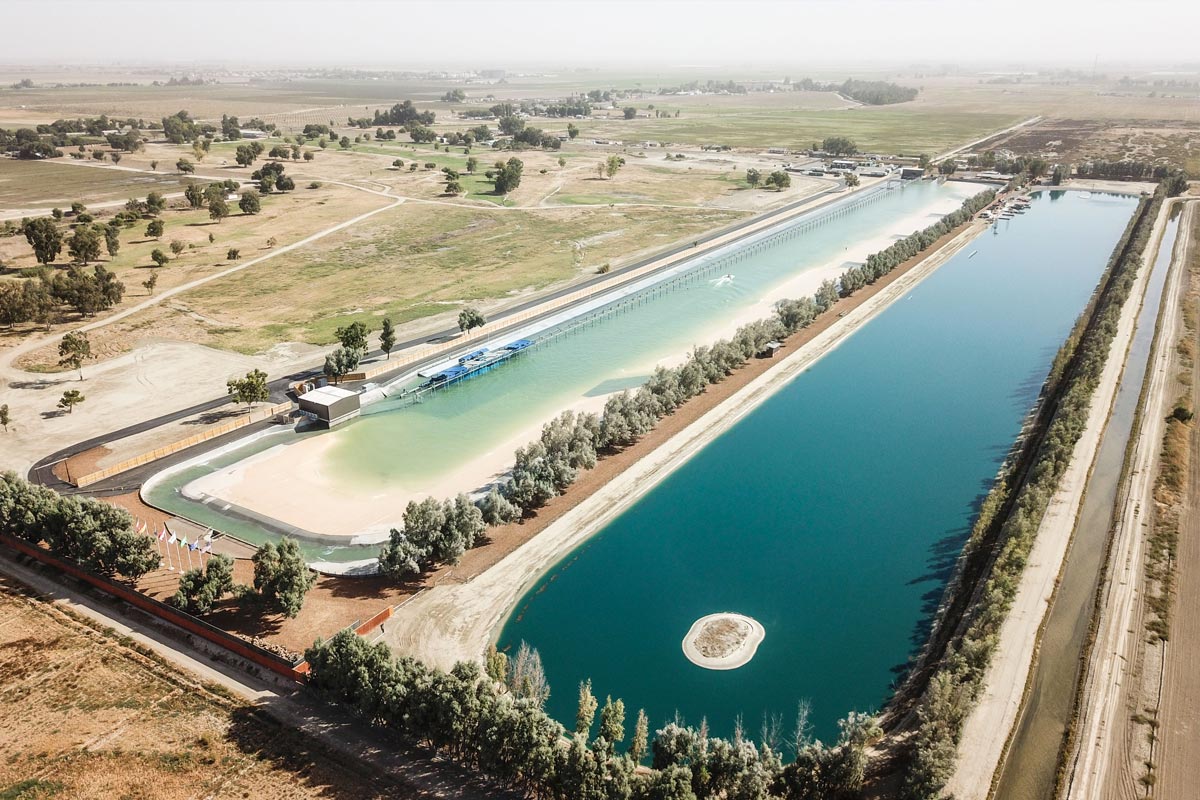
Kelly’s Wave Pool in Lemoore sits on a 20acre block of land and the test site is 2,000 feet long and 500 feet wide
How do you make money from a Wave Pool?
Let’s start with the obvious. Charging people to surf in the pool is where you’re going to make the most money. So, how much you can charge per wave, versus how many waves that come through the pool is going to be a massive one.
Wavepool Magazine did a pretty cool breakdown here. They estimated that it’s about $250+ per wave at Kelly’s Surf Ranch vs $7.50 per wave at BSR in Waco. That’s a massive difference! Considering Kelly’s wave is like the Gucci of pools, and the wave frequency isn’t high, he’s going to have to keep it exclusive and charge the big dollars. Kelly’s pool is $32K per day off peak and $50K per day on peak. Meet in the middle at $41K per day, if it’s running 300 days a year, that’s a turnover of $12.3M per year. To cover your $30M+ investment in building the thing, it’s going to take 3 years of business to just pay that side off, and we haven’t even factored in running costs, or land.
That means you’re going to want to have extra side businesses for the cause. These could be, but not limit themselves to:
- Surf coaching (groups or private, beginner or pro)
- Equipment hire (boards, wetsuits etc)
- Photos and video (hello brag rights on Insta)
- Surf shop sales (either self-operated or leased to someone)
- Food and beverage sales
- Events (from grass roots film nights, to pro competitions where you charge entry)
The amount you’re going to get from these is going to depend on how many people you get through the door. How many people you get through the door is going to depend on how good the experience is at the venue. While a lot of people might think that dreamy waves like Kelly’s will capture the most punters, think again. That wave on full tilt can only be surfed by really experienced surfers. There’s a solid chance that pools which offer lots of waves per hour, at a variety of skill levels, plus build in epic food and entertainment for additional family members, will win the day. That’s another article all in itself.
Waco, or BSR, is the wave pool that’s launched a 1000 airs and is the home for the Wave Pool Air Event – Stab High
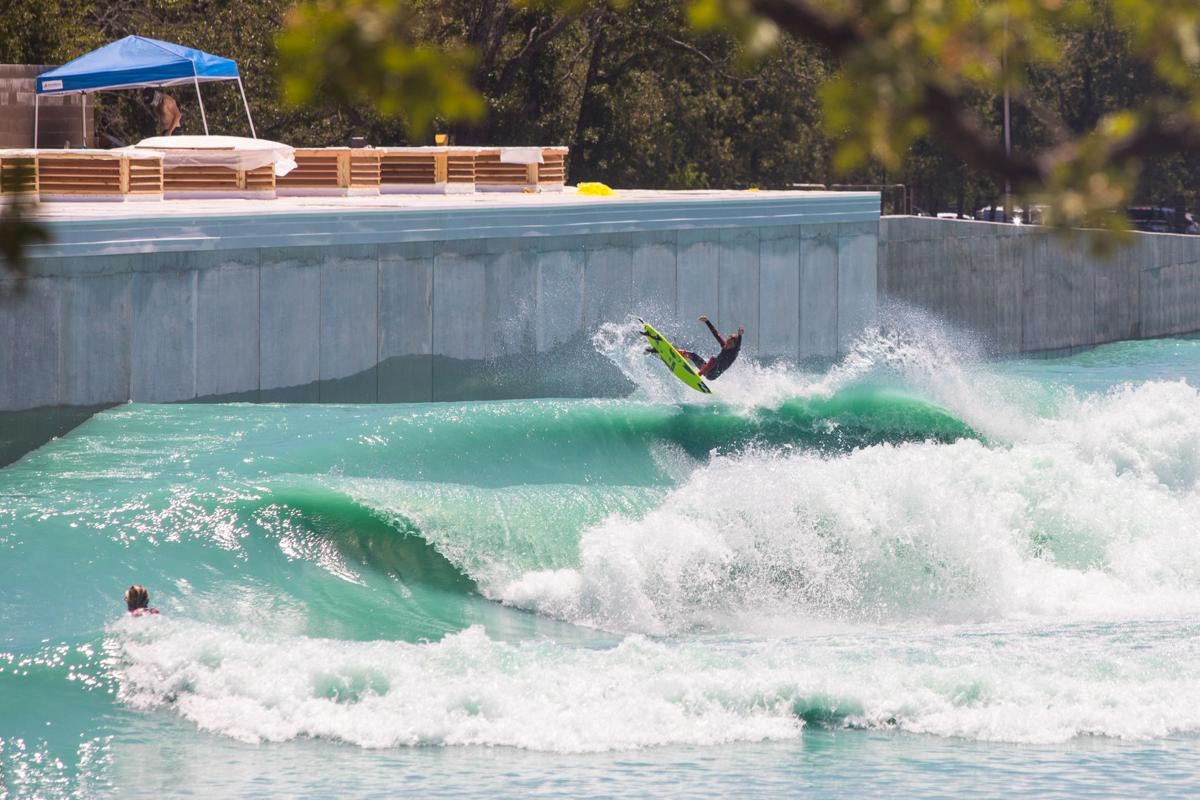
However, for now, if you’re thinking about opening a wave pool, think about the above and think about places with enough of a surfing population to make the business worthwhile. There are already a bunch of places due to open over the next couple of years. Officially they include Coachella, Virginia Beach, South Florida, Edinburgh, Bristol, London, Paris, Gironde, Valais, Barcelona, Madrid, Malaga, Sao Paulo, Santiago, Garopaba, Seoul, Melbourne, Sydney and Perth. That’s just the confirmed locations of Wavegarden licensees. Hopefully, there are many more on offer.

